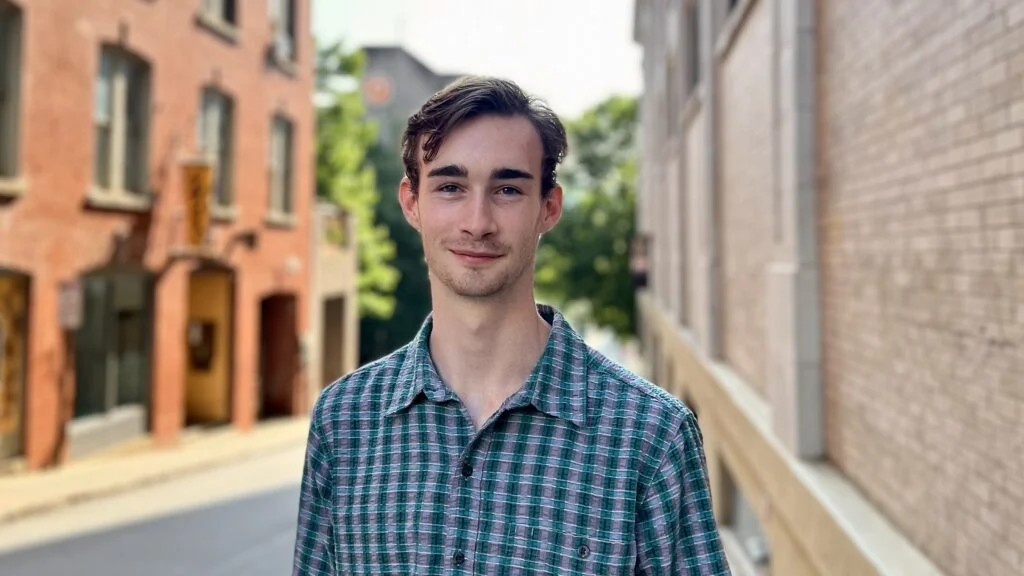
Nathan Steddom, Analyst
How did your passion for GIS start? Was it during your undergraduate studies at the University of Texas?
I started out studying Environmental Science, I had gotten through a lot of the math and science classes and started thinking of ways to stand out in that field. My dad, who works in the GIS field, suggested I take some GIS classes.
I was going to Austin Community College at the time, and they have an excellent GIS program, so I started taking classes there and fell in love with it. At the same time, I switched from my STEM degree and went straight into a Liberal Arts degree to focus on Geography.
The same thing happened after I switched to studying Geography. I wanted to figure out how to make myself stand out, and decided on a certificate in Computer Science. It’s a big buzzword, so I wanted to check it out. I started attending the University of Texas in the Spring of 2020, and that summer I took my first computer science class. It was a tough program but I learned so much. What I like about coding is the problem-solving aspect. Coding can be frustrating but once you figure out the problem it’s so satisfying.
What was the transition from Environmental Science to Urban Planning?
Honestly, I wouldn’t say I transitioned to urban planning in college. I did one class during my last semester about city design in Austin, TX, specifically how politics play into how the City became what it is. What got me interested was how we interact with our cities in different ways and how these interactions dictate what a city becomes. After living in Austin for five years and seeing it change so much from the pandemic, tech companies, and the housing crisis, it was interesting to learn more about how previous decisions by elected officials laid the groundwork for some of the issues happening today.. Even though this didn’t fit into what I had been studying, I still found it super interesting.
At the same time, during my last semester in school, I was also doing an internship for the Texas General Land Office, focusing on community development and revitalization. I was working with people that had gone through an urban planning master’s degree, so I was learning from them as well. I felt like I was the black sheep in this internship. It was interesting to hear their knowledge about how communities function and how GIS could be used as a medium to help people better understand what’s going on in their community. I have always been interested in politics and urban planning, but I never formally studied it in school.
What has been a favorite project of yours while working at Urban3?
The first project I worked on was with Harris County, TX, which was cool because I’ve been to Houston several times living in Texas. I have my assumptions about Houston but being able to see the county through a VPA model, I could see the power of the dense development in Houston’s Downtown and transit-oriented development around the interstate. Because this was a public asset analysis, I analyzed the downtown bus and light rail infrastructure and realized how robust their public transportation network is. I would be interested in going back to Houston now to navigate downtown using their public transit.
What advice would you give to somebody interested in GIS or computer science?
I would say there’s no harm in just trying it out. If I found something interesting, I would take a class on it and I would learn a lot. If you’re curious about something, go for it! Follow that curiosity.
Nathan and his colleagues are eager to help you better understand your city’s finances so that you can grow with resilience and responsibility. Contact us to learn what we’ve done for other communities and what we can do for yours.